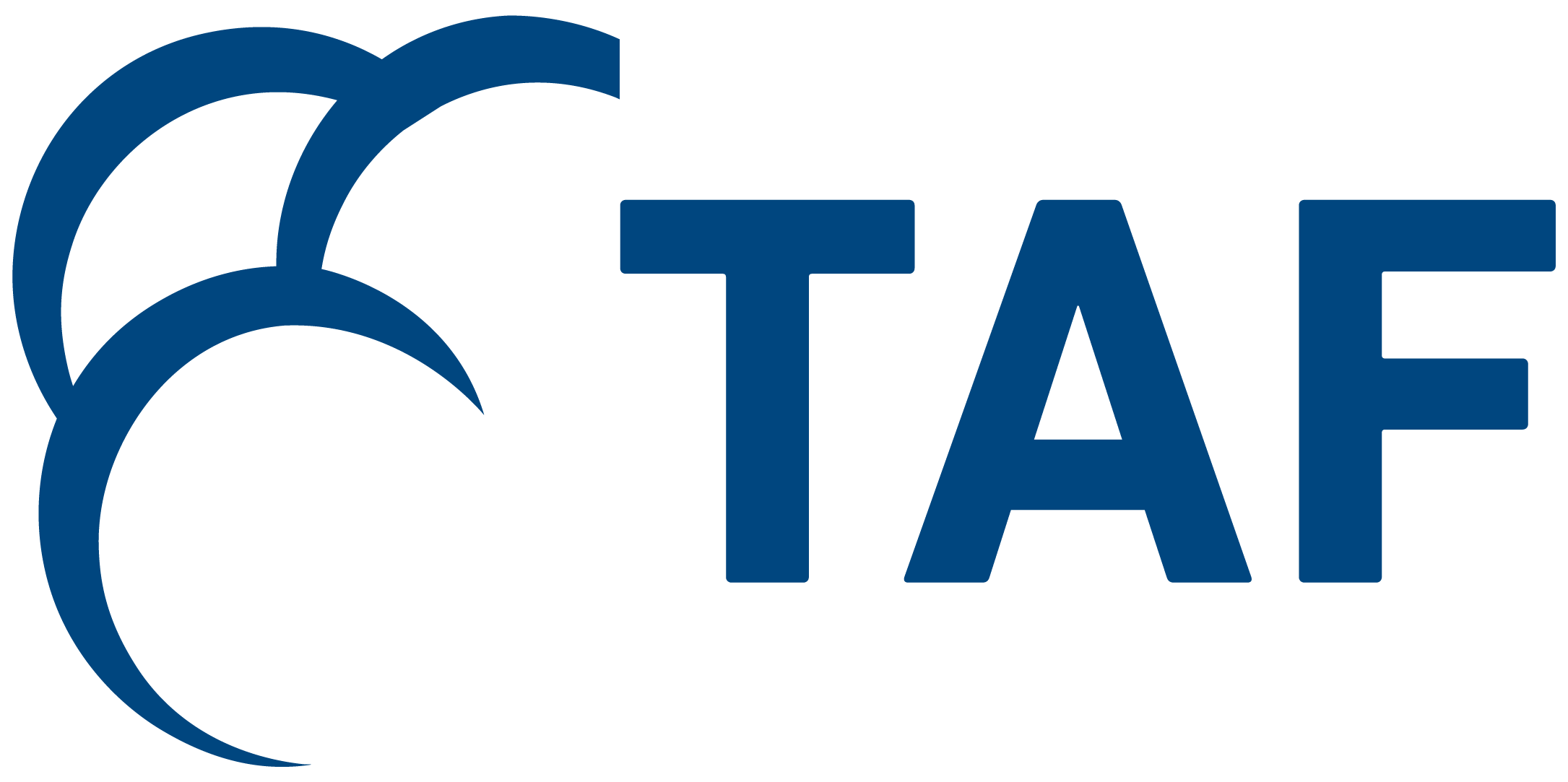Supporting Electrification Policy in the GTHA: Facilitating Stakeholder Coordination Through the Integrated Design Process

The electrification of buildings and transportation in the GTHA requires better coordination among stakeholders in the low-rise building sector to eliminate barriers to electrification. Without cross-sectoral approaches, building, transportation, and electrical policy decisions could strain the capacity of the utility grid rather than provide capacity support — exacerbating barriers to electrification.
This project aims to demonstrate how coordinated planning led by low-rise building sector stakeholders could reduce electrification barriers and infrastructure costs. Through integrated design process (IDP) activities evaluating example grid-aware, low-rise electrification scenarios, workshop stakeholders will explore how different building code compliance paths, combined with smart loads, bidirectional EV charging, DERs and other measures, could increase the existing grid’s load factor and reduce the need for additional asset capacity. Participating stakeholders will be primed to make small but impactful policy and process changes leveraged to simplify electrification and reduce emissions significantly.
This project has the following key objectives:
Engage key low-rise building energy and EV stakeholders across the GTHA through a series of IDP workshops.
Identify and evaluate key electrification pain points and desired outcomes from the workshops.
Design a stakeholder-led analytical process by which to perform the example scenario modelling during each workshop.
Collaboratively disseminate and act on the project results (e.g., code consultation and adoption, on-the-ground engineering practice, increased cross-sectoral collaboration and communication).

The Supporting Electrification Policy in the GTHA: Facilitating Stakeholder Coordination Through the Integrated Design Process project is made possible by a financial contribution from The Atmospheric Fund (TAF).
